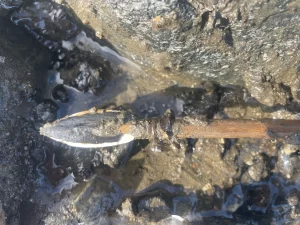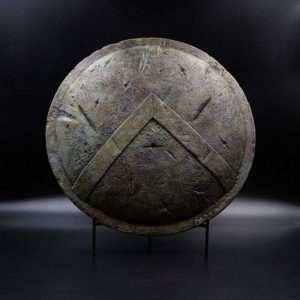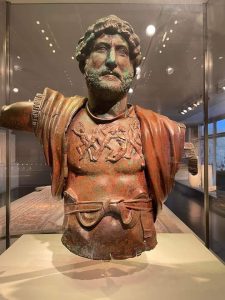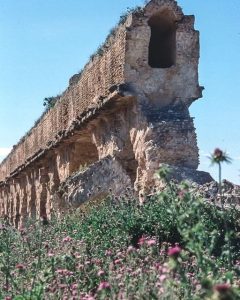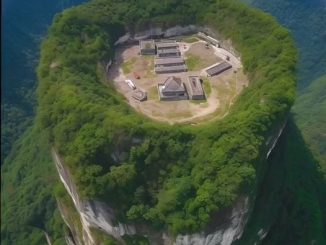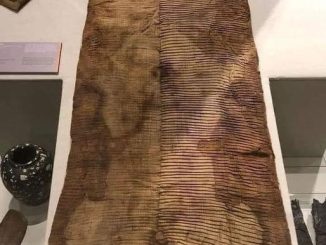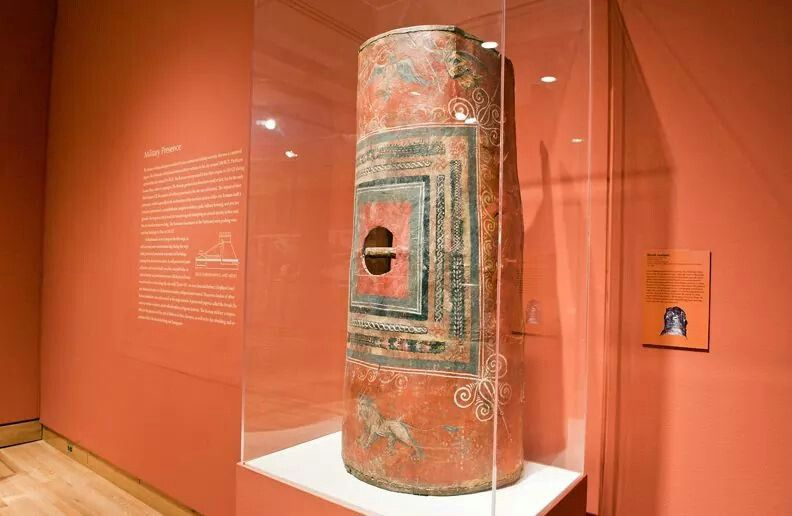
Scutum of Dura-Europos
The Scutum of Dura-Europos stands as a remarkable testament to the military prowess and craftsmanship of the ancient Roman Empire. As the only surviving example of a Roman scutum shield, this artifact offers invaluable insights into the equipment and tactics employed by Roman soldiers during the 3rd century A.D. Discovered in the ancient city of Dura-Europos, located in present-day Syria, the scutum’s remarkably well-preserved wooden structure provides a rare glimpse into the military history of the Roman Empire.
Exploring the Scutum’s Origins and Significance
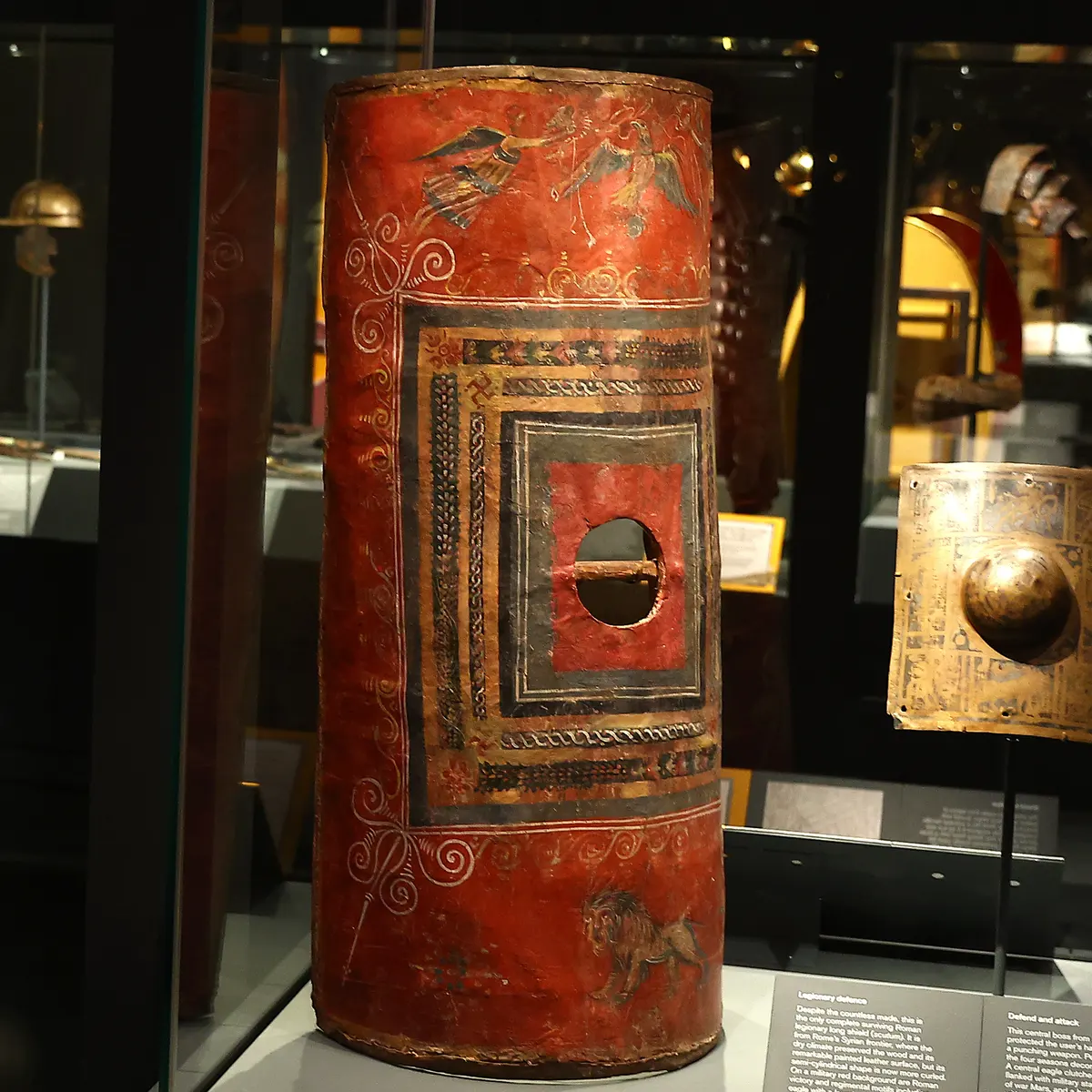
The Scutum of Dura-Europos is believed to have been used by Roman soldiers stationed at the city of Dura-Europos, a strategic outpost on the eastern frontier of the Roman Empire. The shield’s wooden frame was remarkably well-preserved by the dry climate of the region, allowing archaeologists to study its construction and design in great detail. Measuring approximately 1.2 meters in height and 0.75 meters in width, the scutum features a curved shape designed to provide maximum protection to the soldier wielding it.
The scutum’s construction consists of multiple layers of wooden planks glued together with animal hide glue, a technique commonly used in Roman shield making. The outer surface of the shield was covered with layers of linen or canvas, which were then painted with decorative motifs or emblems representing the legion or unit to which the soldier belonged. The scutum also featured a metal boss or umbo at its center, which served to deflect blows and reinforce the shield’s structure.
Symbolism and Legacy of the Scutum
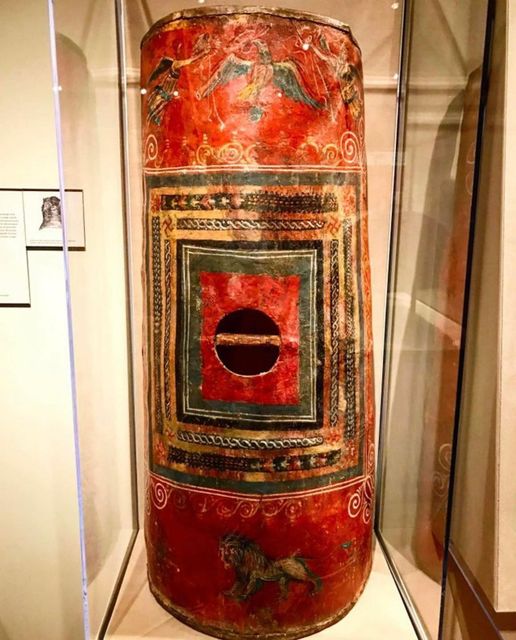
The Scutum of Dura-Europos holds significant symbolic and historical significance within the context of the Roman military. As the primary defensive weapon of Roman legionaries, the scutum played a crucial role in shaping the outcome of battles and campaigns throughout the Roman Empire. Its distinctive design and construction reflect the ingenuity and engineering prowess of Roman craftsmen, who developed sophisticated techniques for creating durable and effective military equipment.
Preserving the Legacy of Ancient Warfare
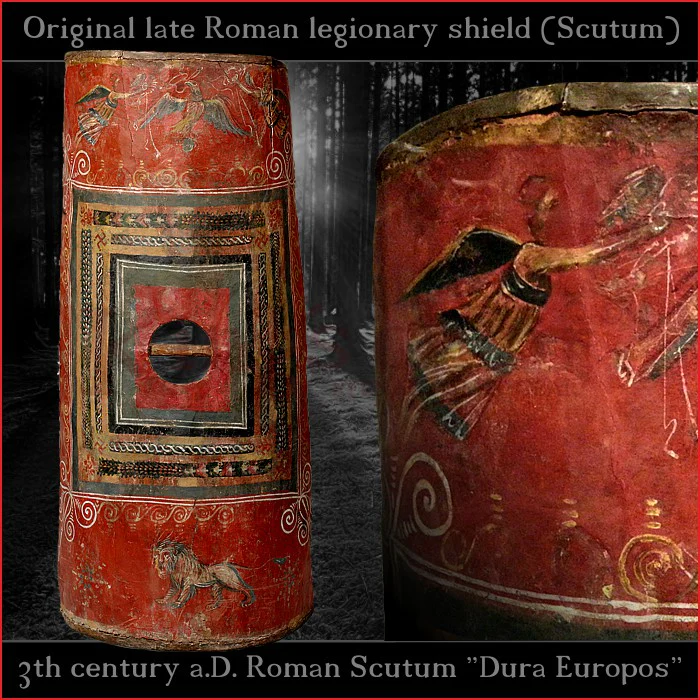
In conclusion, the Scutum of Dura-Europos stands as a tangible reminder of the martial heritage and military might of the Roman Empire. Through its meticulous preservation and study, archaeologists and historians have gained valuable insights into the equipment, tactics, and strategies employed by Roman soldiers in their quest for conquest and domination. As we continue to uncover and study artifacts like the Scutum of Dura-Europos, we deepen our understanding of ancient warfare and the complex societies that shaped the course of history.
Exploring Archaeological Discoveries
Archaeology plays a vital role in uncovering the secrets of the past, allowing us to piece together the puzzle of human history. Through the excavation and analysis of artifacts like the Scutum of Dura-Europos, archaeologists shed light on ancient civilizations, their cultures, and their achievements. By preserving and studying these artifacts, we gain valuable insights into the lives and experiences of our ancestors, enriching our understanding of the world and our place within it.
